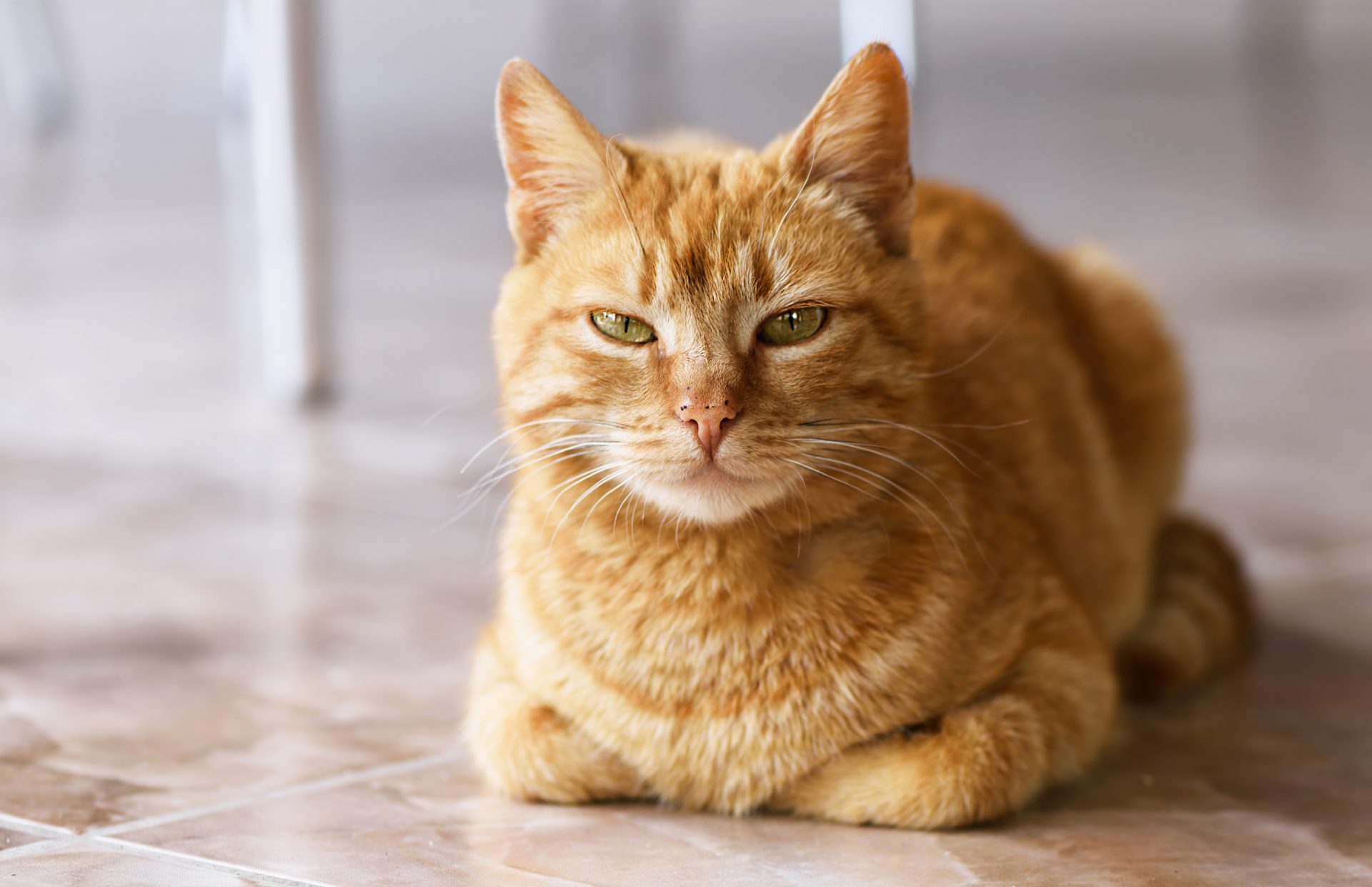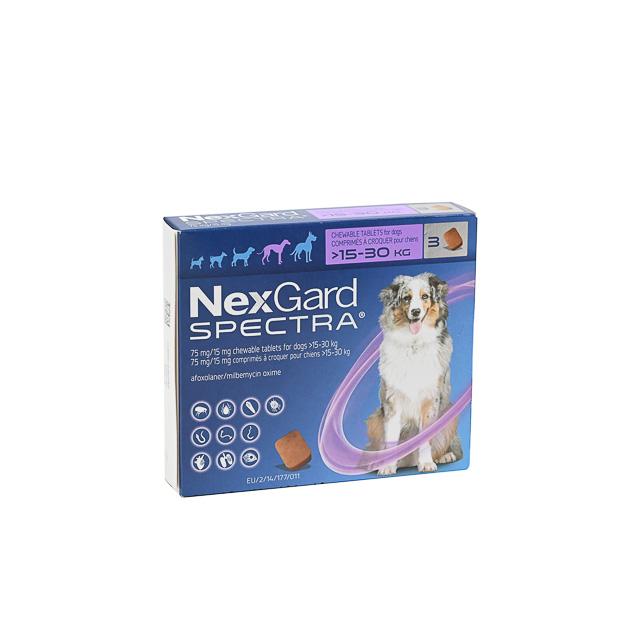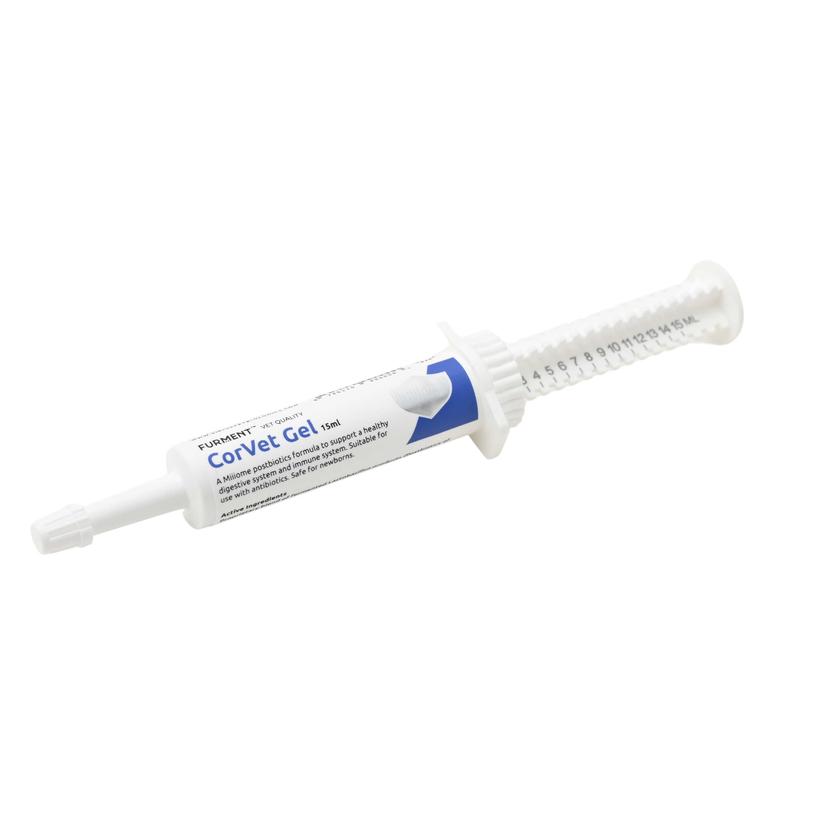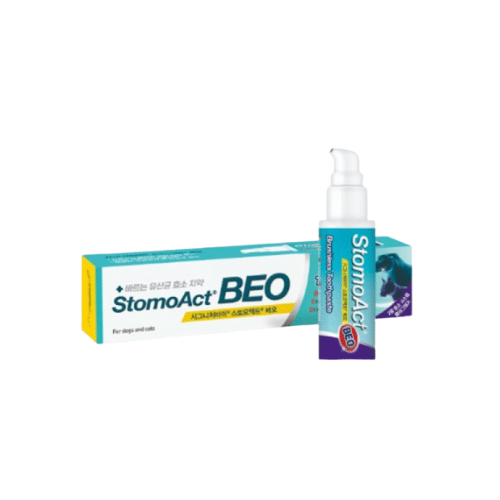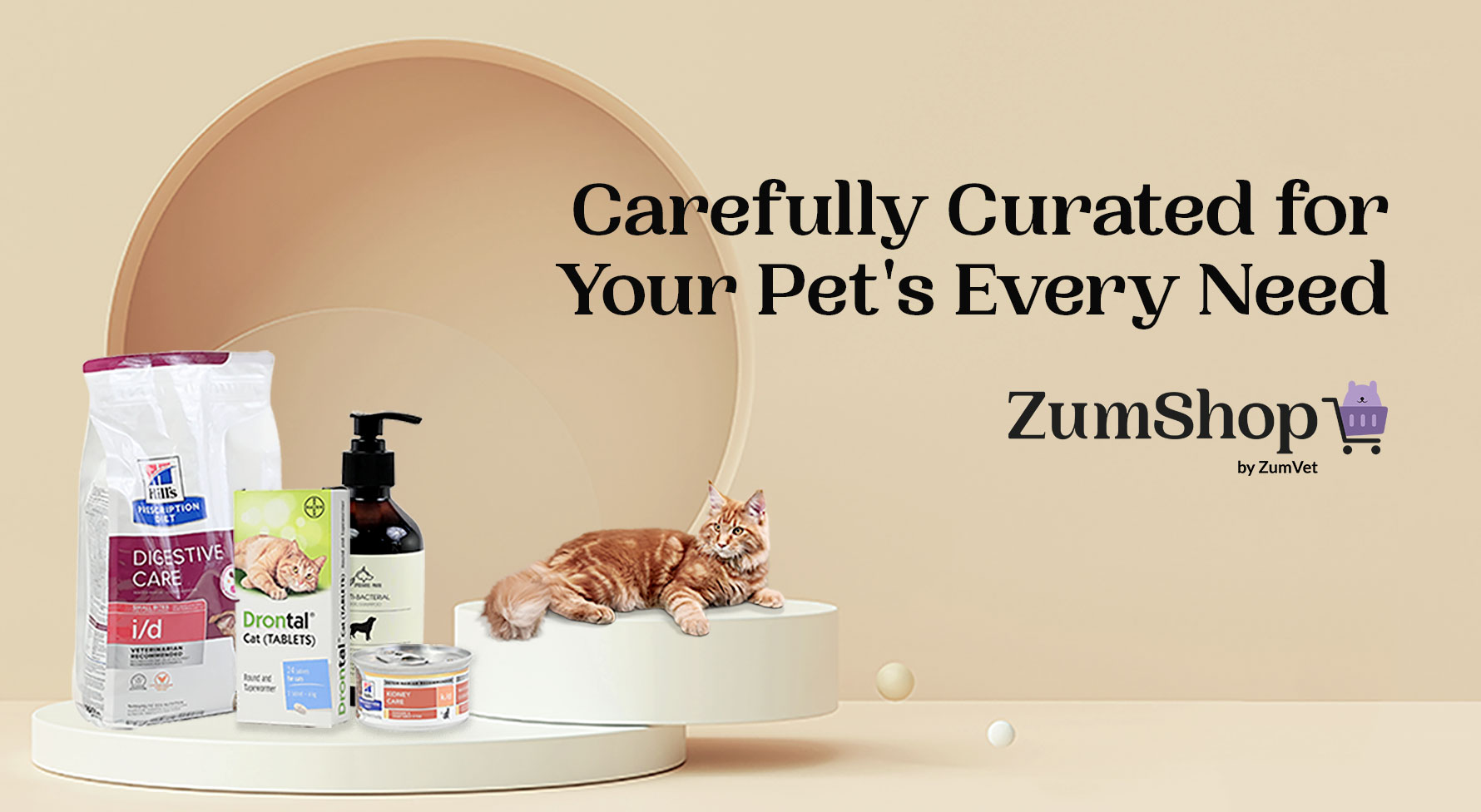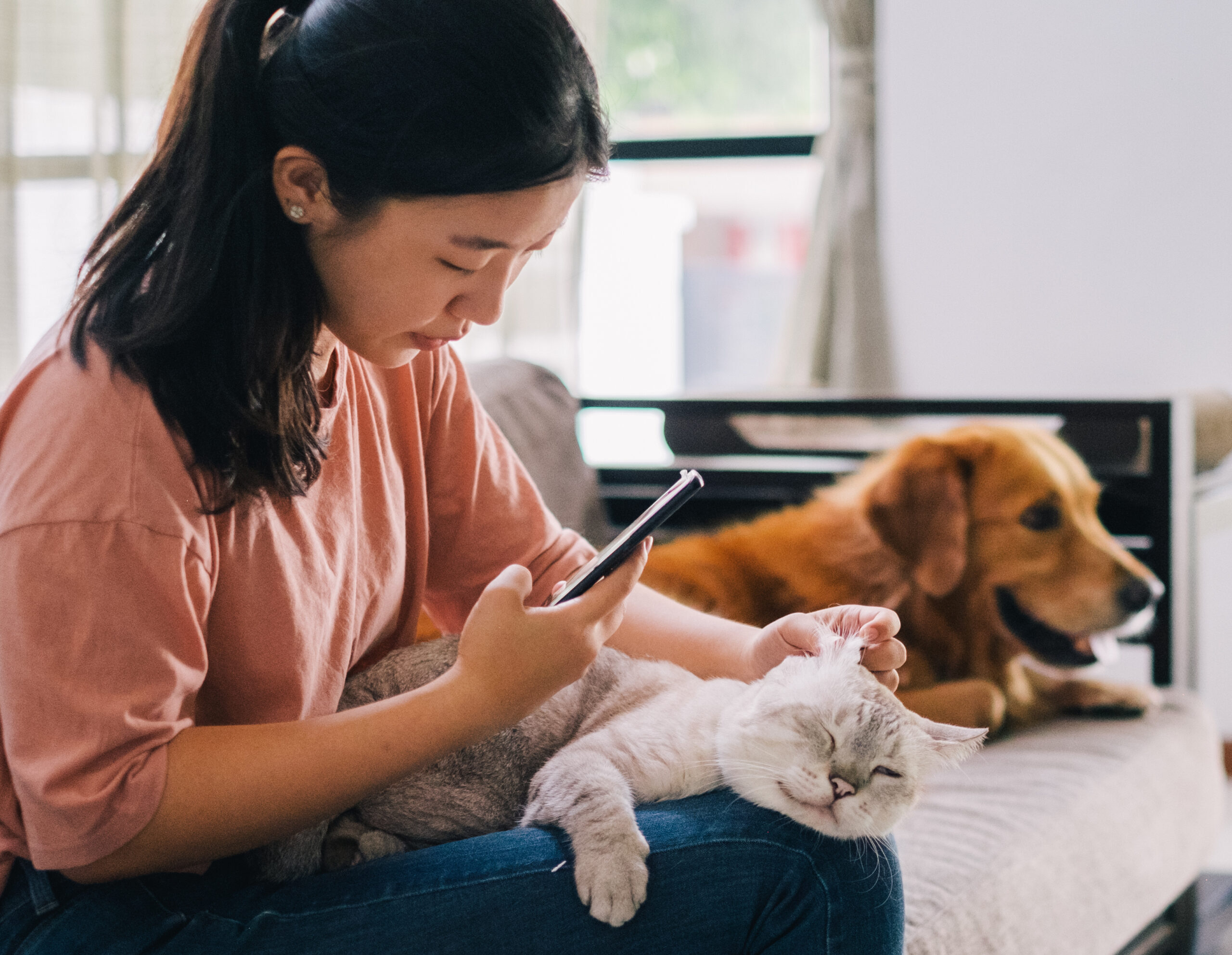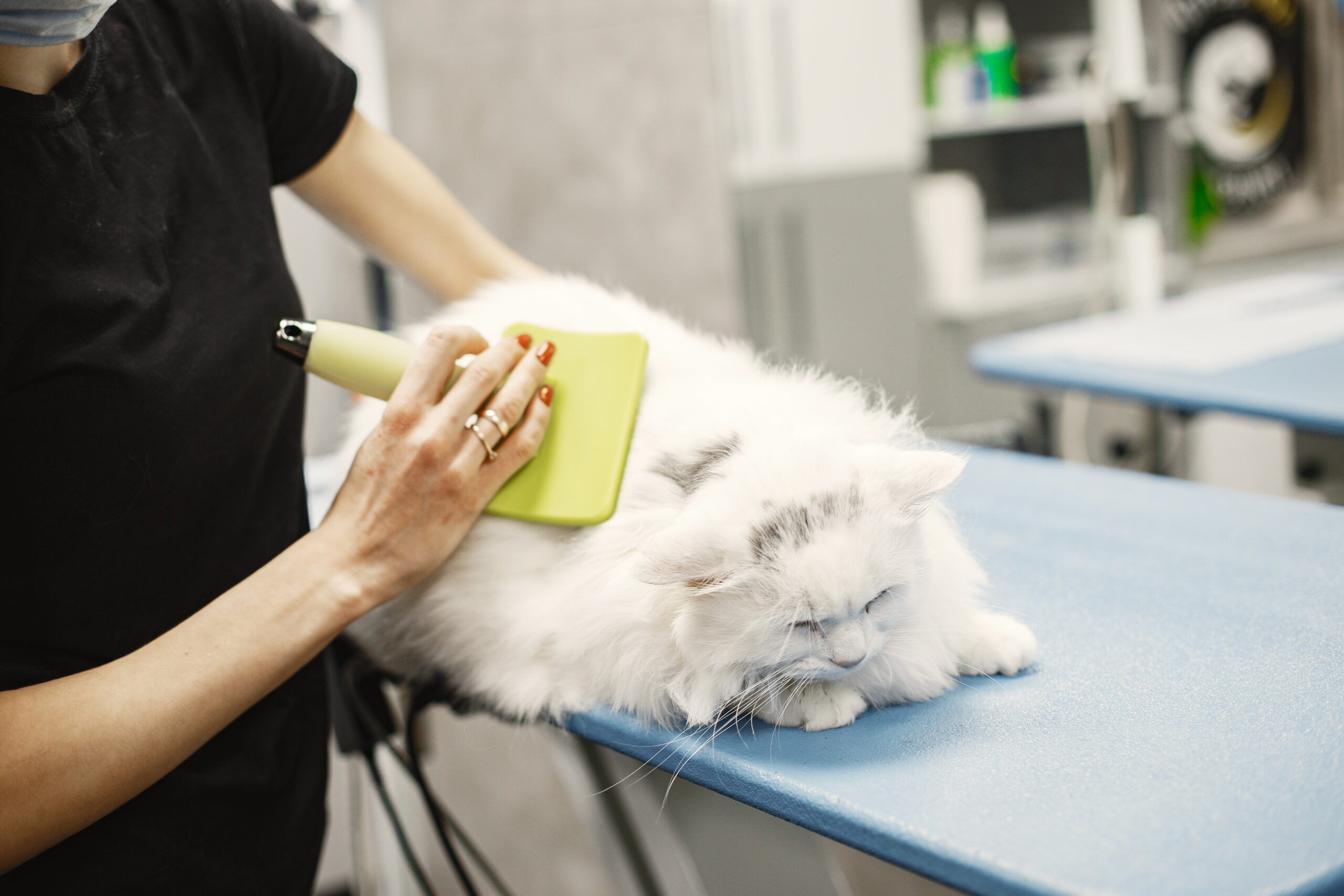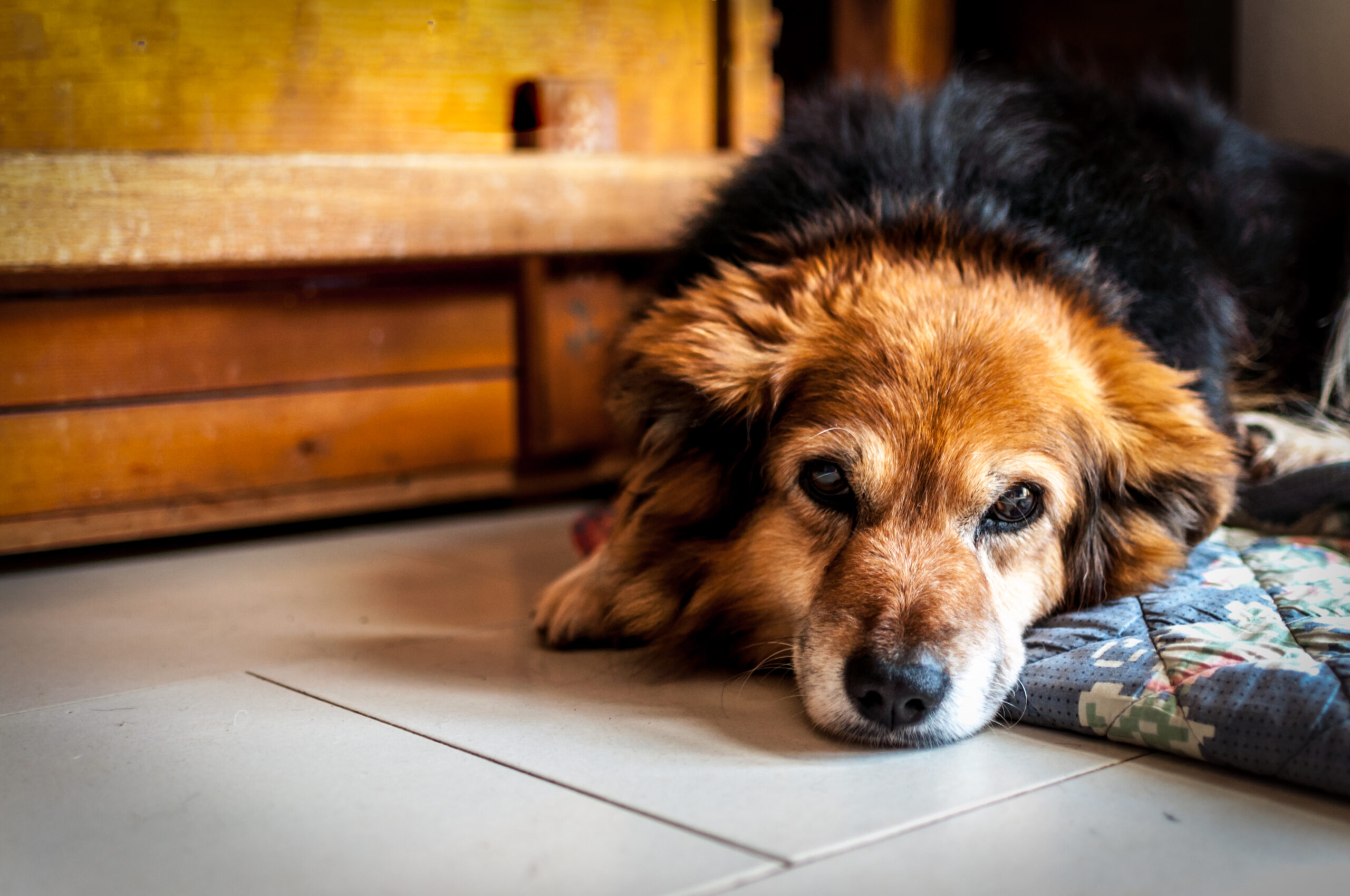Cats are mysterious creatures, and this is one of the reasons why many pet owners love them. Behaviorally, cats are very unpredictable, and they do many quirky things when they are oscillating between states of aloofness, alertness and affection. One of these quirky behavioral states, that has been popularized through internet memes and viral videos, is called the ‘cat loaf’.
Cat loafing, also known as tugboating, is defined as a sitting position where a feline tucks its paws and/or tail under its body, which makes it look like a loaf of bread. Wild cats such as mountain lions and servals tend to ‘cat loaf’ sometimes, but this sitting position is very common amongst domesticated cats.
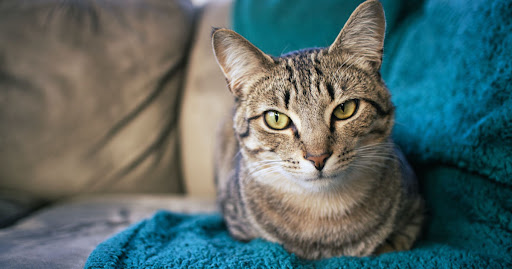
The ‘Cat Loaf’ has many variations, which include the ‘Sphinx’ (where only the back-paws are tucked under the feline’s body, akin to the Sphinx in Egypt), the ‘Meatloaf’ (where the cat will lean forward, hunch it’s back and direct its head towards the ground), the ‘Partial loaf’ (where the paws are only partially tucked under the cat’s body) and the ‘Bagel’ (where the feline is curled up sideways while being in a loafing position). Each position indicates a different level of alertness or relaxation.
So, why do cats sit like a loaf?
Whilst there is no clear scientific explanation for cat loafing, researchers and veterinarians have speculated that cat loafing can signalize:
1. A state of relaxation
Most variations of the cat loaf are not defensive positions from where a cat can launch into an attack or defend itself. The skeletal structure of cats allows them to relieve pressure from their paws, legs and abdominal area while loafing. A loafing position also indicates that a feline feels unthreatened and relaxed.
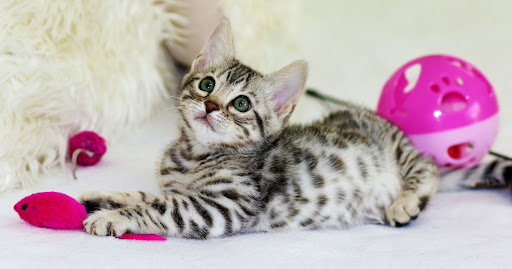
2. The need to stay warm
Cats have a higher internal body temperature than humans, hence even a slight reduction in external temperatures can make them feel chilly and trigger their loafing tendencies. Their limbs and extremities also lose heat quickly, so keeping them tucked in encourages thermoregulation.
If your furry friend covers its nose with its paws, it’s a telltale sign that it is feeling cold. The loafing position is great for heat retention and it allows cats to maintain a comfortable body temperature without any movement. If your cat loafs on a regular basis to stay warm, foods that are high in omega-3 fatty acids will be essential to keep its fur healthy and strong.
3. An intent to pounce
All loafing positions are not equal. There are loafing positions that actually indicate that a feline is ready to pounce on its target. One such position is called the ‘Attack loaf’, and it is characterized by an outward pointing tail and extended front paws. The feline may rest its head on its front paws and elevate its hind legs slightly to prepare for a jump.
The cat could be in a playful mood or an aggressive one, but either way, this is not worrisome at all and it’s perfectly normal for animals that are healthy, engaged and happy.
4. Discomfort or illness
It can be difficult to determine areas of pain, illnesses or discomfort in a cat, as they are adept at hiding their injuries. However, one of the most reliable indicators of sickness or discomfort is the ‘Meatloaf’ or the ‘Face loaf’ position. Cats who sit in this position often suffer from limb pain due to injuries, ingrown nails and over-grooming, which may also lead to ‘Partial loafing’; sick cats also tend to sit in hunched positions, while being perched up on their toes.
A ‘Meatloaf’ position may also symptomize chronic kidney or liver disease, as the feline may be hunching and keeping its head down to relieve abdominal pain.

Your cat is most probably in a comfortable loafing position if:
- Its paws are completely tucked underneath its body.
- Its head remains upright while it’s awake.
- Its ears are upright and not twitching.
- It blinks slowly while it’s awake.
- Its whiskers are calm and away from its face.
- Its tail is surrounded or tucked underneath its body.
- It purrs affectionately to show that it feels safe.
- It sits in a state of inaction, without looking very lethargic.
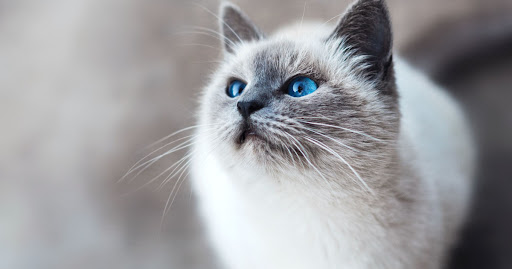
Generally speaking, cat loafing is not something to be worried about. Just like how humans prefer to sit or sleep in specific positions, cats may also have preferred sitting or sleeping positions. Thus, habitual loafing is not necessarily a cause for concern. But, if a loafing position happens to be one of its preferred sitting or sleeping positions, it is always better to help them feel more comfortable by investing in a quality pet bed.
However, if you observe the following patterns while your feline is loafing, it will be best to seek medical attention immediately.
- Your cat is loafing on a cold, uncomfortable surface.
- Your cat is hiding from you.
- Your cat is not eating regularly and has litter box issues.
- Your cat is limping and vocalizing its pain.
- Your cat is experiencing lethargy, weakness and breathing difficulties.
- Your cat is predominantly keeping its eyes shut.
- Your cat is trembling or shivering, even after the temperature rises in its environment.
- Your cat is suffering from dehydration and its water intake is fluctuating on a regular basis
Seeking medical attention promptly will prevent unnecessary health complications for your furry friend. With Zumvet, you can get prompt medical advice from licensed vets. If you happen to be preoccupied, you can also easily book a video call or schedule a house vet visit and it can be used to obtain behavioral or general wellness advice for your pets as well.

As mentioned earlier, cats are highly adept at concealing signs of illness and injury and it’s rare for them to vocalize pain and discomfort. Thus, it’s important to be proactive and pay attention to the telltale signs mentioned above. Nipping subtle health issues in the bud early on can prevent major complications and increase your cat’s lifespan.
May you and your furry friend always enjoy good health and great vitality.


